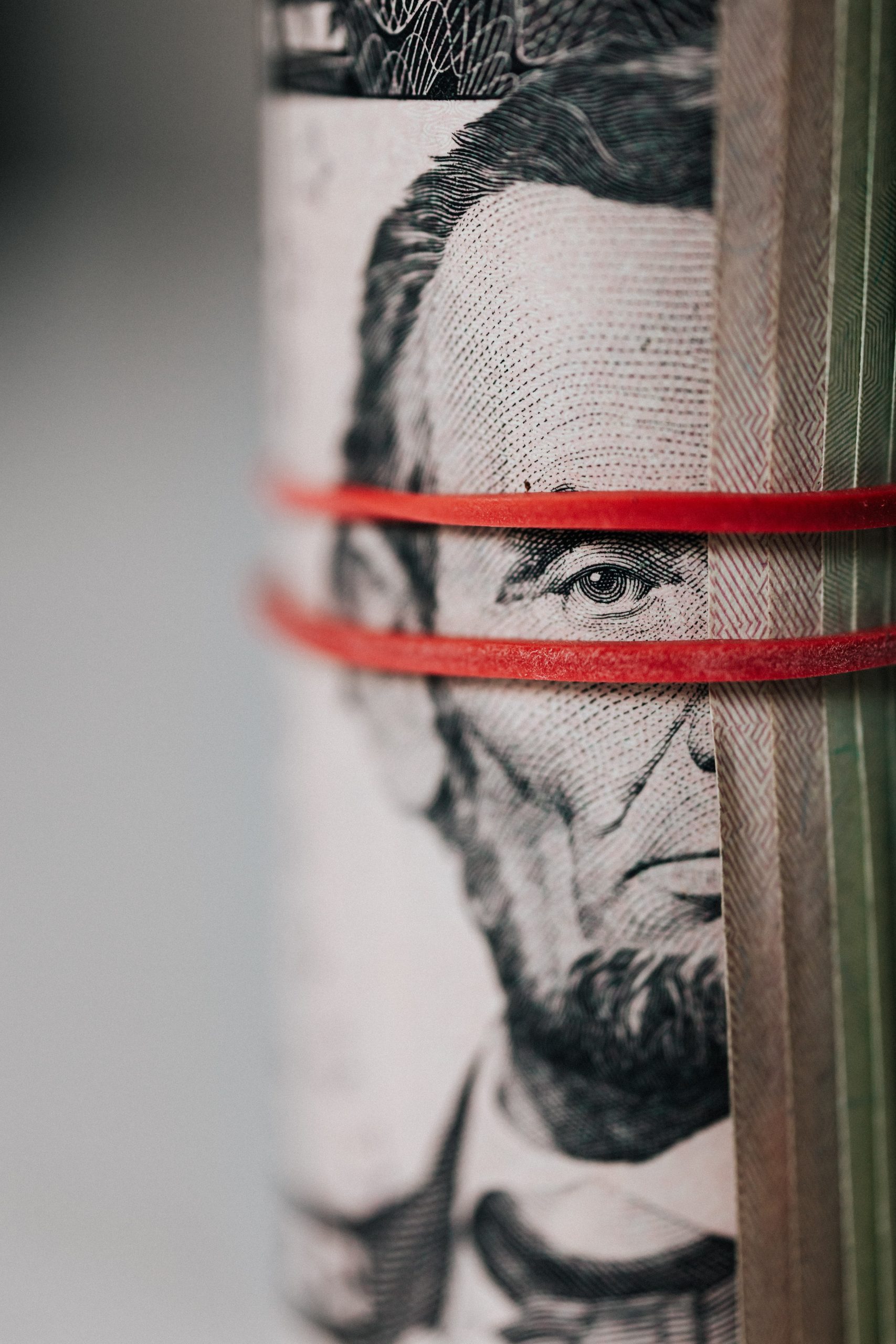Inflation rates are currently at their highest levels in 39 years, but this shocking news has barely discouraged consumers from overindulging when it comes to spending, according to a report from the Commerce Department.
Compared to previous years, the Federal reserve inflation rate nearly rose by 5.2%, which is at its highest since 1983. This was slightly more than the Dow Jones estimate of 5.1%.
Since February 1982, both food and energy prices have taken the lead with rates as high as 6.1%. Although, according to several reports, consumers have been spending increasingly faster than expected. Consumer spending rates increased by 2.1% which is higher than the usual 1.6% estimate. Many thought the rising rates would discourage consumers from spending as much, but it’s shown to have the opposite effect. Reports also show the core PCE has risen by 0.5% on a monthly basis, which stayed in line with previous estimates.
Despite personal income being flat for the month, income fell 0.5% after the expiration of the child tax credit wage gains. This came as exciting news since a 0.3% drop in income was expected. Large adjustments to Social Security checks followed shortly after.
Unfortunately, personal savings have been at their lowest rates totaling $1.17 trillion, which is about a 6.4% rate. The rates haven’t been this low since December 2013.
But it gets better with reports of long-lasting goods jumping from 0.8% to 1.6% in January.
However, the issue of inflation has been present from the beginning for the markets as price gains continue to reach their strongest levels since the runaway increase in 1970 and early 1980. In the past, the Federal reserves put into motion suppressing interest rates that caused the economy to fall into a recession.
With plans to avoid a recession, policymakers have been more transparent about the expected hikes in hopes consumers will make wise decisions. The majority of bank officials have also shared they are expecting to see an increase in March and markets are expecting hikes to gradually increase.
But don’t let the news of rising prices worry you. The economy seems to be healthier than anticipated.
According to Paul Ashworth, Chief U.S. Economist at Capital Economics, it is believed that the economy was in stronger health than previously determined. This suggests that the fed will continue with rate hikes beginning in March or April. However, it may not be to the level that we once feared due to the prevalence of the Ukrainian conflict.
Newly released data shows that energy levels increased at a 1.1% rate in January, while food costs had a significant rise with a 0.9% inflation rate. Alongside rising food costs, services also saw an increase of 0.4%.
But in spite of that, food and service costs are not the only ones affected by the rising inflation rates. Wages and salaries saw a 9.3% increase in 2021 which is significantly higher than the 1.3% from the previous year. Not to mention, in January the cost rose another 0.5%, which is slightly lower than the 0.7% increase from the month before.


























